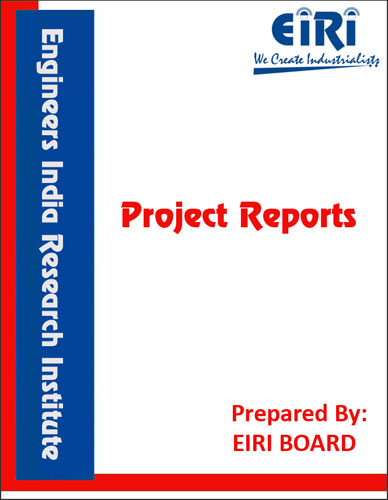Description
Superabsorbent polymers are primarily used as an absorbent for water and aqueous solutions for diapers, adult incontinence products, feminine hygiene products, and similar applications. Undoubtedly, in these applications, superabsorbent materials will replace traditional absorbent materials such as cloth, cotton, paper wadding, and cellulose fiber.
Commercial production of superabsorbent polymers began in Japan in 1978, for use in feminine napkins. This early superabsorbent was a crosslinked starch-g-polyacrylate. Polyacrylic acids eventually replaced earlier superabsorbents, and is the primary polymer employed for superabsorbent polymers today.1 In 1980, European countries further developed the superabsorbent polymer for use in baby diapers. This first diapers employing this technology used only a small amount of polymer, approximately 1-2 g. In 1983, a thinner diaper using 4-5 grams of polymer and less fluff was marketed in Japan.



